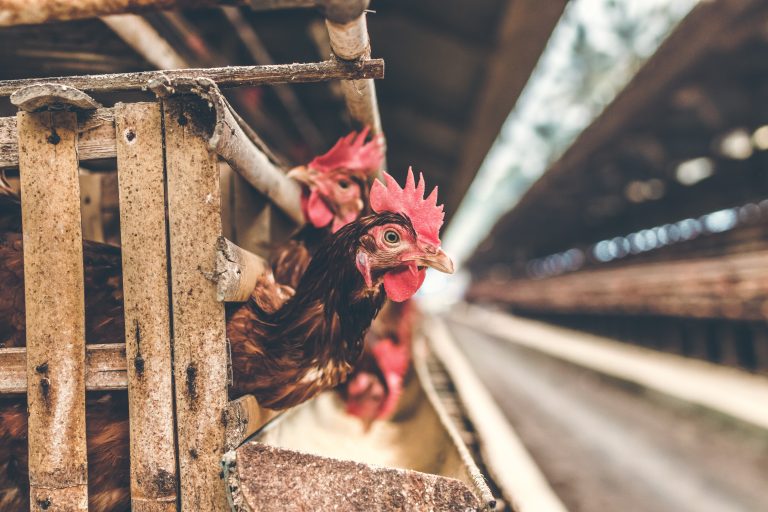CNN Business: “Why oil prices are crashing and what it means”
Run Time: 2:21
Source: CNN Business “Why oil prices are crashing and what it means” by John Defterios, CNN Business
Abstract: This video explores the standoff between Saudi Arabia and Russia over oil production. The clash between the two countries reached new levels at a recent meeting in Vienna where OPEC+ countries attempted to hammer out a solution to the current glut of oil on the market that is driving prices to long time lows. While it is clear that global demand for oil is at one of its lowest points ever thanks to the closures of most economies in respond to the COVID-19 pandemic, and that production of oil must be slowed, Russia is unwilling to do so, and Saudi Arabia has refused to reduce its production unless Russia does as well. While further negotiations have produced some acknowledgement that all oil producers will need to cut production at least until the global economy is reopened, just what those reductions will look like is still unknown, suggesting that uncertainty will continue to roil oil markets and for now prices are likely to remain low.
Notes: Tensions were high at the recent meeting in Vienna of the so-called OPEC+ countries. The group, consisting of members of the Organization of the Petroleum Exporting Countries (OPEC) and other major oil producers, including Russia and Mexico among others, met to discuss the sizeable drop in oil prices in recent months. Thanks to the novel coronavirus pandemic that has closed economies and halted much of the world’s international and domestic travel, demand for oil is at just a fraction of its typical level. Now, as continued output threatens to overload already filled stores of oil and with no end in sight to the drop in demand, producers are at odds as to what is the best path forward.
Conflict among oil producers is not new. Indeed, a main impetus for the formation of OPEC was to try to unite producers and encourage an approach to production that would be beneficial to all member countries. The cartel recently aligned with other oil producing nations such as Mexico, creating the OPEC+ group. Even so, disagreement continues within the expanded alliance as illustrated by the meeting in Vienna where Saudi Arabia and Russia clashed over how to stop the precipitous fall in oil prices. A rise in U.S. petroleum production in recent years has contributed to the oversupply of oil in the global market, a situation that has been exacerbated by the abrupt drop in demand as much of the world stays home under shelter-in-place orders because of the COVID-19 pandemic. While the obvious solution to stop the flow of oil into the global economy is to limit production, Russia, one of the bigger producers, has resisted and in a surprise move, so has Saudi Arabia, another major producer. Furthermore, Saudi Arabia made it clear that it will not fall in line with Russia’s demands, and instead not only increased its own production, but also offered its preferred customers deep discounts, prompting a nasty price war.
The standoff between Saudi Arabia and Russia creates even greater uncertainty in the global oil industry. Now, with the members of OPEC vowing to stick together and follow Saudi Arabia’s unwillingness to cut production unless Russia does as well, oil prices are continuing to drop. According to senior OPEC officials, Russia is trying to limit the growing dominance of U.S. oil producers by increasing global oil supplies and keeping prices low, a strategy that seems questionable given current levels of demand. Moreover, it seems that Russia’s attempts to control global oil supplies does not sit well with other oil producers. OPEC’s Secretary General, Mohammed Barkino, says that the cartel is unwilling to follow Russia’s unilateral demands and that OPEC members will walk together as they move forward. Just how the situation will unfold is still unknown. Further negotiations have suggested that as prices reach their lowest since the beginning of the century, it is likely that all producers will be forced to reduce capacity at least to some degree.
Discussion Questions:
1. What is Organization of the Petroleum Exporting Countries (OPEC)? When and why was it formed? How is OPEC different from other cartels? What would happen to the global supply of oil without OPEC?
2. Discuss the relationship between oil prices and supply and demand. Why is there currently an oversupply of oil on the market and what effect has the oversupply had on prices? Explain how the recent drop in oil prices contributed to the controversy between Russia and Saudi Arabia. What does your response suggest about the outlook for the oil industry going forward?
3. Donald Trump is pushing for a rise in oil prices. How would higher oil prices impact U.S. producers? What would higher oil prices mean for the U.S. economy and the rest of the world? How is uncertainty over global oil prices reflected in other economic indicators?













